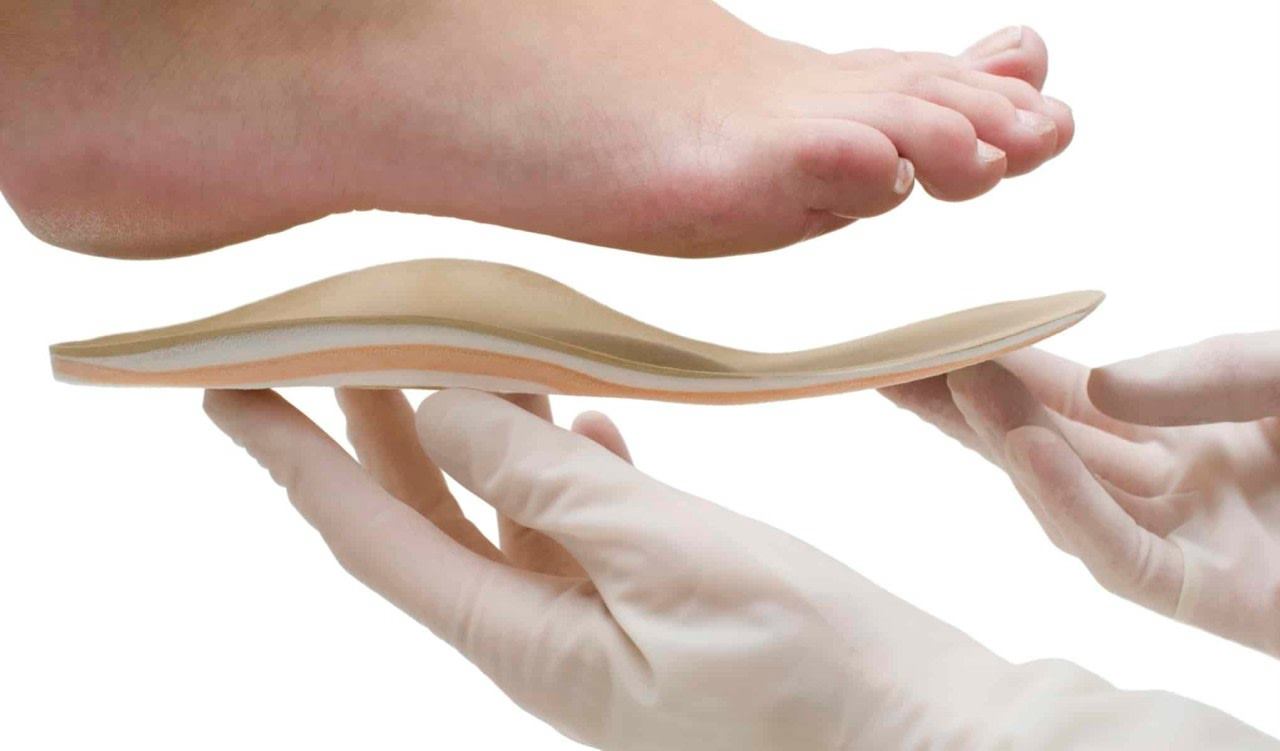Preventing Ankle Injuries: Strengthening Weak Ankles
Ankle injuries are not just a concern for athletes; they’re a common plight that can affect anyone, at any age, during any activity. From a simple misstep off the curb to a high-intensity sports move gone wrong, the vulnerability of our ankles is often underestimated—until we face an injury. In this blog post, we’ll explore essential strategies for preventing ankle injuries by focusing on strengthening weak ankles. Whether you’re a weekend warrior, a professional athlete, or someone simply looking to improve their physical well-being, understanding how to fortify your ankles is the first step towards maintenance of overall body balance and stability. Stay with us as we uncover practical, effective methods to help you strengthen your ankles, ensuring they’re robust, flexible, and injury-resistant.
Understanding the Importance of Ankle Strength
Ankle strength is critical not only for athletes but also for individuals engaging in everyday activities. The ankles support the body’s weight, enable mobility, and maintain balance, making their health and strength fundamental to our overall physical performance and quality of life. Weak ankles can lead to an increased risk of falls, reduced mobility, and a higher likelihood of injuries, which in turn can impact one’s ability to perform daily tasks or engage in physical activities. Therefore, prioritizing ankle strength isn’t just about preventing injuries; it’s about enhancing body stability, improving posture, and ensuring a foundation that supports all bodily movements efficiently. Strengthening the ankles contributes to a more balanced and active lifestyle, allowing individuals to engage more confidently in their preferred activities.

Ankle Pain Treatment
Different Types of Ankle Injuries
Ankle injuries present a spectrum of complexity and seriousness, each demanding its unique prevention and healing strategies. Here’s a breakdown of the most frequently encountered ankle injuries:
- Sprains: Standing is the most common type of ankle injury, sprains happen when the ankle’s supporting ligaments are overstretched or torn. The severity of sprains is classified from mild tears (Grade I) to total ruptures (Grade III).
- Strains: While similar to sprains, strains affect the muscles and tendons around the ankle rather than its ligaments. These occur when either muscles or tendons are overstretched, leading to muscle fiber tears.
- Fractures: An ankle fracture involves a break in any of the bones that constitute the ankle joint, varying from minor cracks to severe breaks that may even pierce through the skin.
- Tendonitis: Characterized by inflammation of the tendons surrounding the ankle, tendonitis typically arises from overuse or repeated stress. Symptoms include pain, swelling, and a decrease in mobility.
- Arthritis: Unlike the injuries mentioned above, arthritis doesn’t stem from a single incident but develops over time due to a combination of previous injuries and natural degeneration. It results in the gradual erosion of joint cartilage leading to persistent pain and stiffness in the ankle.
Managing Ankle Injuries: Effective Strategies for Recovery
When it comes to healing ankle injuries, a custom-fit strategy is crucial, taking into account both the injury’s nature and its intensity. Here’s a breakdown of commonly employed treatment methods:
- The R.I.C.E. Technique: For less severe cases, the widely recommended R.I.C.E. approach (Rest, Ice, Compression, and Elevation) is often your first line of defense. This strategy involves giving your ankle a break from weight-bearing activities, applying cold packs to minimize swelling, securing it with compression wraps for support, and keeping it raised above your heart to help reduce any puffiness.
- Medicinal Relief: To ease discomfort and lessen inflammation, over-the-counter analgesics and anti-inflammatory drugs may be advised. It’s essential to speak with a healthcare professional to identify the most suitable medication tailored to your needs.
- Rehabilitative Physical Therapy: For injuries on the more serious spectrum, engaging in physical therapy might be necessary for recovery. Qualified therapists can guide you through targeted exercises designed to bolster the muscles surrounding your ankle, enhance flexibility, and regain full motion range.
- Stabilization Tactics: Significant injuries, including fractures, may require immobilizing the affected area with a cast, brace, or splint to ensure it heals correctly.
- Surgical Intervention: In cases involving severe damage, such as fully torn ligaments or bones that have shifted position, surgery might be indispensable. These operations focus on mending the injury and returning normal function to the ankle.

Ankle Pain Recovery
Strategies for Strengthening Weak Ankles
Strengthening weak ankles is crucial for enhancing mobility, preventing future injuries, and supporting an active lifestyle. Here are several effective strategies to consider:
- Balance Exercises: Improved balance directly contributes to stronger ankles. Practice standing on one foot, using a balance board, or engaging in activities like yoga or tai chi to challenge and enhance your balance.
- Flexibility Drills: Tight muscles around the ankle can contribute to weakness and injury. Incorporate stretching exercises into your routine, focusing on the calf muscles, Achilles tendon, and the band of tissue along the bottom of your foot (the plantar fascia).
- Resistance Training: Utilizing resistance bands can aid in building the muscles around the ankle. Exercises such as pointing and flexing the foot against resistance work to strengthen these areas effectively.
- Calf Raises: Simple yet powerful, calf raises help to strengthen the muscles supporting your ankle. Perform these by standing flat-footed, then slowly raising your heels until you are standing on your toes. Lower back down and repeat.
- Toe Walks: Walking on your toes for short distances can help reinforce the ankle muscles and improve overall foot stability.
- Ankle Circles: A fundamental exercise that can be done anywhere, ankle circles aid in improving the flexibility and strength of the ankle joint. Rotate your foot clockwise and then counterclockwise, ensuring to engage a full range of motion.
- Proper Footwear: Wearing shoes that offer adequate support and fit well can prevent unnecessary strain on your ankles, especially during physical activity.
Key Ankle Strengthening Exercises
To maintain and improve the health of your ankles, incorporating specific exercises into your routine is essential. Below are some key exercises designed to strengthen your ankles and reduce the risk of future injuries.
- Heel Drops: This exercise strengthens the muscles around your ankle, promoting stability. Stand on a raised surface like a step with your toes on the edge and heels hanging off. Slowly lower your heels down below the level of the step, then raise them to the starting position. Aim for 2-3 sets of 10 repetitions.
- Single-Leg Stands: Great for enhancing balance and strengthening the ankles, single-leg stands are straightforward yet effective. Stand on one leg, maintaining balance for as long as possible. To increase the challenge, try closing your eyes or standing on a soft surface like a pillow. Perform 2-3 sets for each leg, holding each stand for 30 seconds to 1 minute.
- Towel Scrunches: Towel scrunches work the tiny muscles in your feet that support the ankle. Sit with your feet on a towel on the floor and attempt to scrunch the towel towards you by curling your toes. Do 2-3 sets of 15 scrunches with each foot.
- Lateral Band Walks: This exercise targets the muscles on the outside of your hips and thighs, in addition to your ankles. Loop a resistance band around your ankles and walk sideways, stretching the band as you move. Keep your toes pointed forward and avoid letting your feet come together. Perform 2-3 sets of 10 steps in each direction.
Footwear and Supportive Braces
Choosing the right footwear is a pivotal step in maintaining ankle health and preventing injuries. Athletic shoes should provide ample support, have a snug fit around the heel, and offer room for the toes to move freely. It’s also beneficial to select shoes specific to your activity to ensure adequate support. For instances where additional ankle support is needed, especially during recovery from an injury or for those with chronic ankle instability, supportive braces can be invaluable. Ankle braces come in various designs, from flexible sleeves offering mild support to rigid braces designed for significant instability. When selecting a brace, it’s crucial to consult with a healthcare professional to ensure it meets your specific needs without impeding natural ankle movement and muscle development. Regularly inspecting and replacing worn-out shoes and braces is also essential to maintain optimal support and prevent undue strain on the ankles.

Footwear for Ankle Treatment
Recognizing and Responding to Ankle Discomfort
It’s essential to listen to your body and recognize the early signs of ankle discomfort to prevent further injury. Symptoms may include persistent or intermittent pain, swelling, stiffness, bruising, or a decrease in the ankle’s range of motion. In the event of discomfort, it’s crucial to respond promptly and appropriately. Initially, consider applying to the R.I.C.E. method as a first-aid response to relieve ankle pain and swelling. If discomfort persists, consult a healthcare professional for a comprehensive evaluation and appropriate treatment plan. Avoiding or delaying treatment can exacerbate the injury, potentially leading to chronic issues and limiting your mobility. Understanding your body’s signals and taking timely action can significantly aid in the prevention and management of ankle injuries, supporting your overall well-being and maintaining an active lifestyle.
Conclusion
In conclusion, foot treatments and maintaining strong and healthy ankles is pivotal for anyone leading an active lifestyle or anyone who wishes to prevent future injuries and enhance their overall mobility. Implementing a regimen that includes a balanced mix of balance exercises, flexibility drills, resistance training, and a mindful selection of footwear and supportive braces can significantly contribute to the health and stability of your ankles. Recognizing and promptly addressing any discomfort or potential injuries is equally important to avoid long-term complications. By dedicating time and effort to strengthen and protect your ankles, you will not only improve your physical performance but also ensure a foundation for a healthier, more active future.
Flagstaff Foot Doctors: Anthony Rosales DPM
https://www.google.com/maps?cid=8835841318590452161
421 N Humphreys St, Flagstaff, AZ 86001, United States
(928) 774-4825
https://flagstafffootandankle.com/
